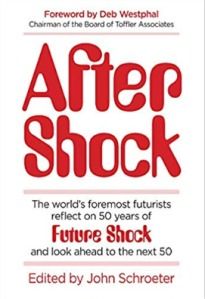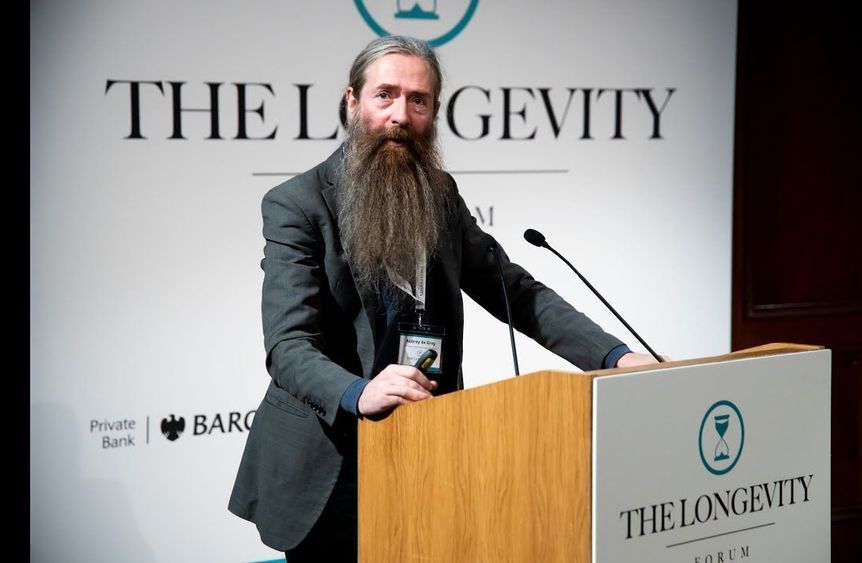Does objective, perfect randomness exist, or is randomness merely a product of our ignorance?
3D bio-printed Lung tissue.
Rice University researcher’s bioprinting method could be scaled up to one day construct an entire organ and allow organs to be made using some of a patient’s own cells to prevent organ rejection. Researcher’s long term goals are to bioprint fully functioning organs. Synthetic organs can extend the waiting period of an average 3.6 years for a real organ.
The U.S. military said “an unknown Jordanian extremist” who is “a loyalist to the Jordanian kinglet” may be plotting to attack Tower Barracks in Grafenwohr or Tower Barracks, Dulmen, according to a report seen by Newsweek.
Research is at an early stage but scientists said it had huge potential for destroying cancers.

Are Administrative/Executive Assistants (EA)/Personal Assistants (PA) already living in the future as new technology hits the workplace?
Artificial intelligence (AI) is one of the most disruptive technologies affecting today’s business environment. Explosive developments, funding and support for increasing the role of AI in all sectors, and across all job roles seem to be a key driver of the future of business. The impact of AI over the next decade is expected to completely transform the landscape, and no industry, or job, will be left untouched.
Jobs are among the chief concerns whenever the topic of AI is mentioned. Most people have by now heard that “robots are coming” for jobs, and that mass unemployment is “inevitable” in our collective future. But, some jobs could be transformed for the better with the rise of smart technologies making routine work easier, allowing people to focus on the job elements that they can really add value to. For that reason, we suggest that the Administrative/Executive Assistant (EA)/Personal Assistant (PA) of 2025 will not be replaced by technology, but rather, enhanced by it.
In many ways, the future is already here. Though
 The upcoming volume, After Shock, features 50 of the world’s most renowned futurists reflecting on the 50-year legacy of Alvin Toffler’s Future Shock, and looking ahead to the next 50 years. Seven of the contributors have been guests on Seeking Delphi ™ This is the second in a series of repeats of these podcasts, which will lead up to panel discussion with some of the authors, on the book and the Toffler legacy.
The upcoming volume, After Shock, features 50 of the world’s most renowned futurists reflecting on the 50-year legacy of Alvin Toffler’s Future Shock, and looking ahead to the next 50 years. Seven of the contributors have been guests on Seeking Delphi ™ This is the second in a series of repeats of these podcasts, which will lead up to panel discussion with some of the authors, on the book and the Toffler legacy.
Dr. Cindy Frewen is a futurist and architect living in the Kansas City, MO area. She was formerly board chair of the Association of Professional Futurists, and was one of my instructors and mentors in the University of Houston’s graduate foresight program. Here essay in After Shock is titled Cities in Crisis: What Toffler Got Right and Wrong.
Most people believe that modern day capitalism “does more harm than good in the world,” according to a new survey.
The closely-followed 20th annual Edelman Trust Barometer — an annual survey of 34,000 people across 28 countries that measures the public’s trust in NGOs, business, government, and media — underscored how a strong global economy and a booming stock market have failed to completely allay the public’s worries about their own economic prospects.
Edelman released the survey timed to the 50th annual World Economic Forum in Davos, Switzerland. This year’s forum centers around the idea of stakeholder capitalism, proclaiming that a company’s purpose goes beyond generating wealth and instead should be measured by its environmental, social, and good governance objectives.
Against All Odds
Posted in biotech/medical, life extension
Jane McLelland beat cervical, lung, and blood cancers using the missing link to defeat cancer: starving it. She is partnering with Life Extension® to help other patients achieve the same results.
By Laurie Mathena.
After getting a considerable success in convincing scientists and investors, in the last decades, that undoing aging through a damage repair approach is possible and desirable, Aubrey de Grey is turning his advocacy efforts to politicians. In this video, he explains why.
Aubrey de Grey delivers a keynote on the next steps for longevity for policy makers.
Dr Aubrey de Grey is a biomedical gerontologist based in Mountain View, California, USA, and is the Chief Science Officer of SENS Research Foundation, a California-based 501©(3) biomedical research charity that performs and funds laboratory research dedicated to combating the ageing process. He is also VP of New Technology Discovery at AgeX Therapeutics, a biotechnology start up developing new therapies in the field of biomedical gerontology. In addition, he is Editor-in-Chief of Rejuvenation Research, the world’s highest-impact peer-reviewed journal focused on intervention in ageing. He received his BA in computer science and Ph.D. in biology from the University of Cambridge. His research interests encompass the characterisation of all the types of self-inflicted cellular and molecular damage that constitute mammalian ageing and the design of interventions to repair and/or obviate that damage. Dr de Grey is a Fellow of both the Gerontological Society of America and the American Aging Association, and sits on the editorial and scientific advisory boards of numerous journals and organisations. He is a highly sought-after speaker who gives 40–50 invited talks per year at scientific conferences, universities, companies in areas ranging from pharma to life insurance, and to the public.
The company’s machine learning-based tool applies advanced algorithms to Maccabi’s existing electronic patient data to identify unvaccinated individuals at highest risk of developing serious flu-related complications. These could include elderly people; those with uncontrolled chronic diseases or respiratory diseases; long-term smokers; those that are immunodeficient or have diabetes; or children, explained Dr. Jeremy Orr, CEO of EarlySign.
The EarlySign investigational algorithm flags these individuals, who are then contacted by their healthcare providers and encouraged to come into the clinic and be vaccinated. Patients can be contacted by phone, text message or even snail mail, depending on their communication preferences and the methods offered by their clinics.
Orr noted that the program is especially important this year when many people have already died from the flu in Israel and the virus is expected to take an exceptionally heavier toll than usual this year.








